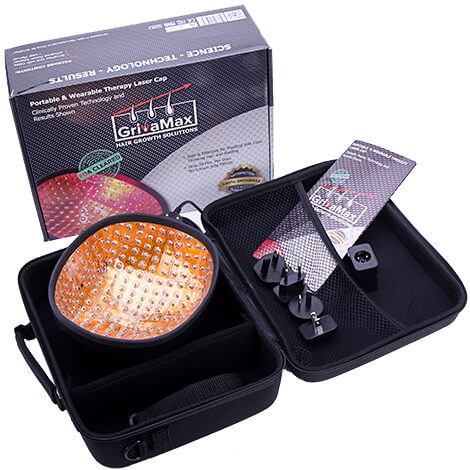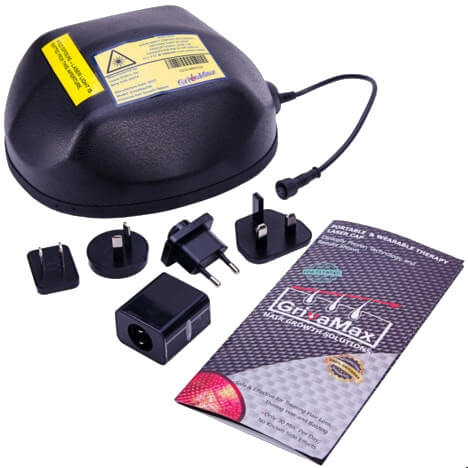Alopecia areata is a pathological hair loss. This is a common autoimmune problem that occurs in men and women of different ages and has its own causes and symptoms. Disorders of the immune system lead to unpredictable hair loss. Today approximately 2% of Americans have a history of alopecia areata. Almost 6.5 million of US residents are diagnosed with alopecia areata.
The disease can affect anyone regardless of residence, nationality, age, social status, financial position, and gender. It is difficult to predict the problem even for an experienced doctor.
Helpful information:
- The word “alopecia” comes from ancient Greek and translates as “a fox’s disease” since this wild animal sheds twice a year.
- One of every fifth alopecia areata patient has a family member with the same illness.
- Alopecia areata can appear suddenly, within only a few days.
- Focal alopecia can be caused by stress, depression, medications.
- Today there is no single effective treatment for baldness.
Alopecia can have several stages of severity. Many people don’t notice an excessive hair loss at the early stages of the disease. As a rule, only patients with obvious signs of autoimmune disease seek a medical help and visit therapist’s office or the family doctor.
General information
Alopecia areata is a common autoimmune disorder. Often the problem causes hair loss on the head and face. Today the origin of the disease is not fully understood. In most cases, the hair falls out in small spots. Sometimes the disease can lead to complete hair loss. The immune system of the alopecia patient mistakenly attacks the body’s own cells. In focal alopecia, immunity affects the hair follicles, causing inflammation and hair loss.
The main causes of focal alopecia in men and women
With alopecia, white blood cells attack hair follicles, damaging them and dramatically slowing down the hair growth. It is still not known yet what exactly makes the immune system to attack the hair follicles. This problem is still being studied not only in America but all around the world.
In any case, the genetic predisposition affects the development of alopecia. One in five people with this disease has a family member with the same diagnosis. The accompanying autoimmune pathologies such as thyroiditis or vitiligo are common with alopecia areata. Stress and depression can also become the cause of baldness. Extreme situations, fear, panic attacks can potentially cause this condition.
Signs of focal alopecia
The most noticeable sign of alopecia is patchy hair loss. There are bald areas of skin on the scalp. The disease can affect the beard, eyebrows, and eyelashes. Sometimes the disease progress is slow. A sick person may not even notice problems for many years because of the natural hair density.

Hair loss can be sudden, causing itching or burning of the skin. Baldness doesn’t damage hair follicles.
- In 15% of patients, inflammation disappears itself and hair continue to grow normally without treatment. The mild form of an autoimmune disease can go away without drugs.
- Approximately 25% of people have an increasing stage of alopecia. Alopecia becomes more severe. There is a continuous cycle of hair loss and restoration.
- Almost 50% of patients get rid of the disease within one year. Many of them will face baldness again.
- About 10% of people have a constantly progressive form of the disease developing totalis or universalis form.
Alopecia areata can also affect the nail plate. The problem can affect both men and women when spots and white lines appear on the nail plates. Nails become coarse, lose shine and fade. Sometimes these changes are the first sign of alopecia.
Diagnosis of focal alopecia
Doctors can easily diagnose focal alopecia by external symptoms. Specialists pay attention to the severity of hair loss and examine the follicles from the affected areas with a special microscope. A skin biopsy may be recommended. This technique is necessary to confirm or refute the diagnosis. It is considered effective and error-free in various situations.
You may need a blood test so the doctor will be able to exclude the development of concomitant autoimmune diseases. Symptoms of focal alopecia are simple and specific. A competent doctor will quickly and easily detect alopecia even without further tests.
Treatment of focal alopecia in men and women
Currently, there is no cure for alopecia. There are individual therapy programs. They are selected for each patient individually according to the patient’s age, gender, the presence of concomitant illnesses, work and the region of residence. Medications side effects can also be one of the reasons for hair loss.
Corticosteroids are the most common form of treatment for alopecia. Anti-inflammatory drugs become quite a popular solution. They can suppress the immune system and promote recovery, most often used locally on the affected areas of the skin.Photochemotherapy is another effective method which is prescribed to those who can not or do not want to use systemic or invasive methods of treatment.
Alopecia areata does not make people sick or infectious. It often causes only emotional discomfort and temporary psychological frustration. For many people, focal alopecia is a big problem. Therefore, the help of a psychologist is necessary at any stage of the disease.
 1,148
1,148















Yes, I also could not explain why my baldness began. The main thing is a good doctor and the correct treatment method. I was lucky and I completely recovered.
Why lie to yourself? Alopecia areata is a terrible disease. And it is incurable (
I have the same problem. But After treatment it recovered and now i have no problem with hair loss.